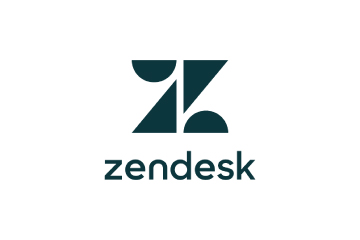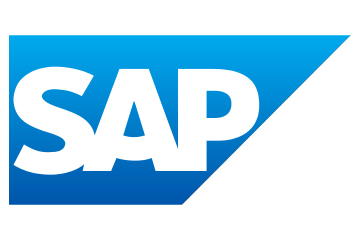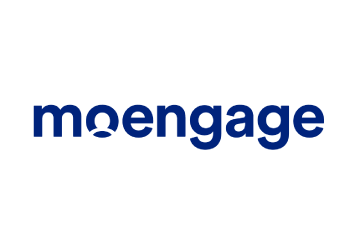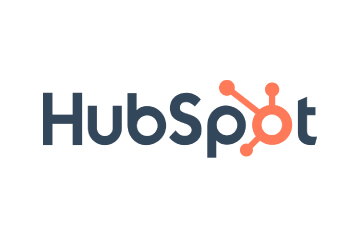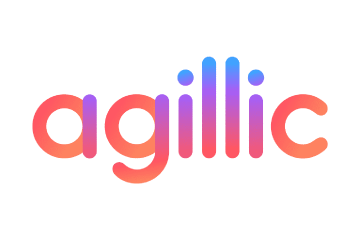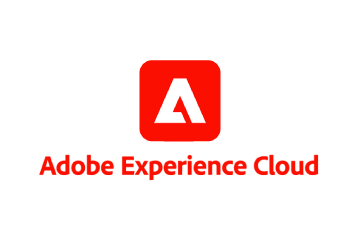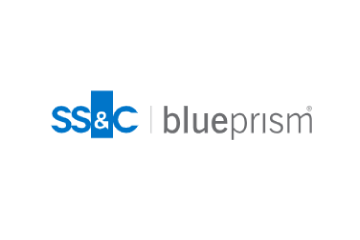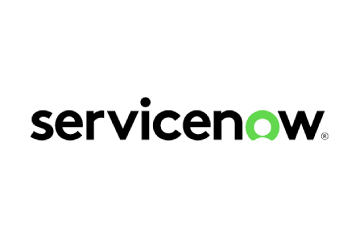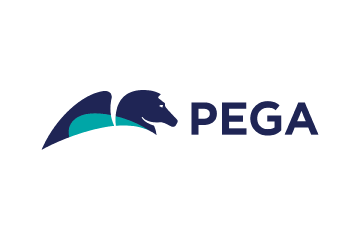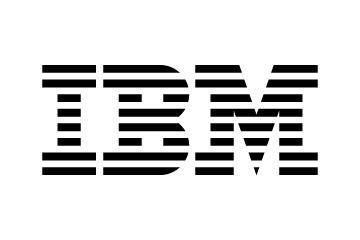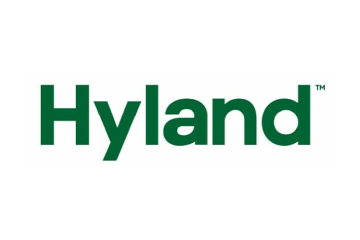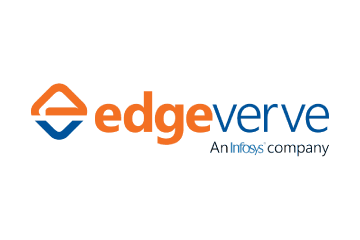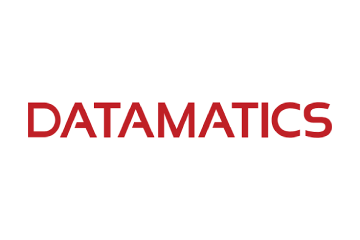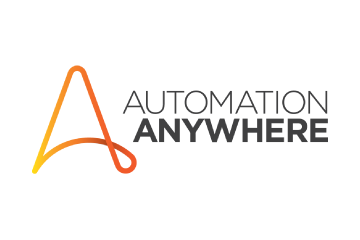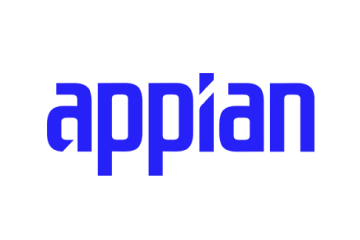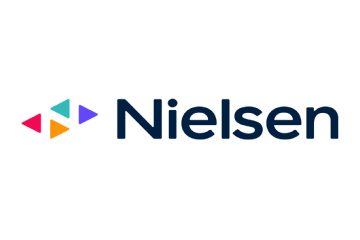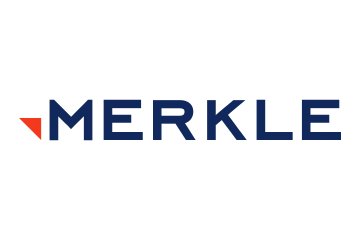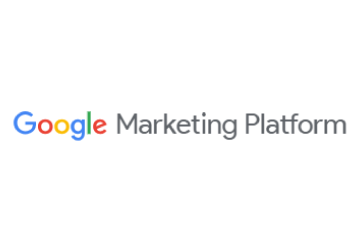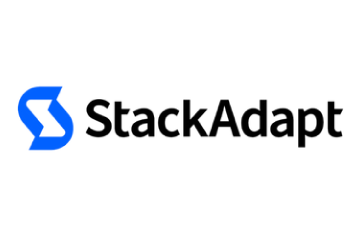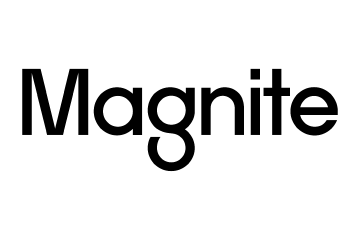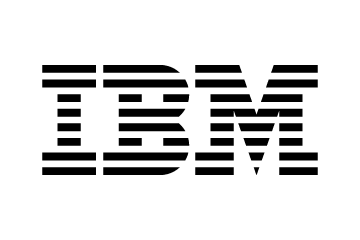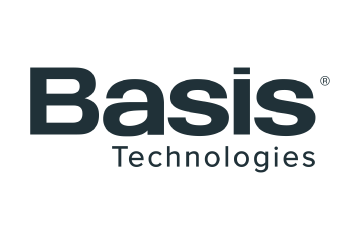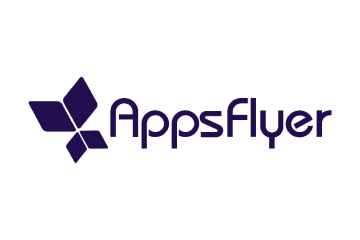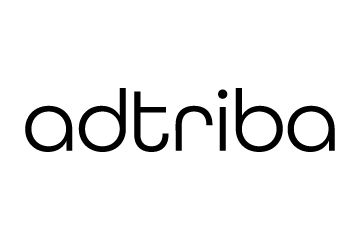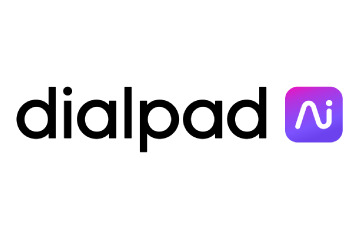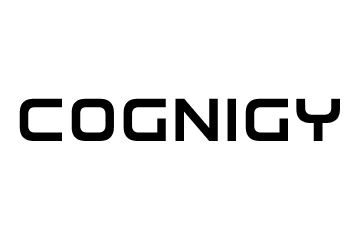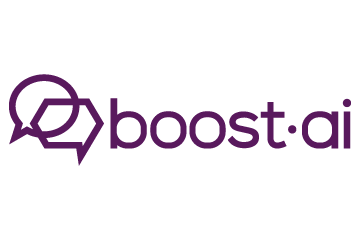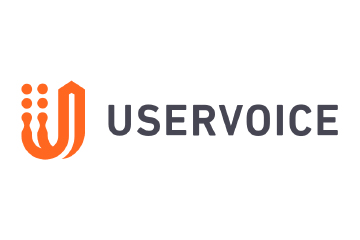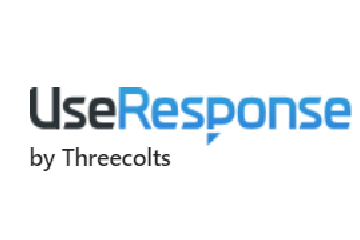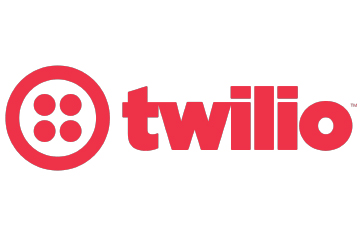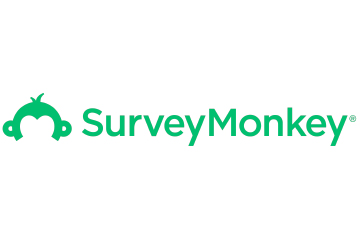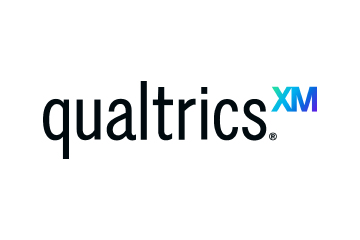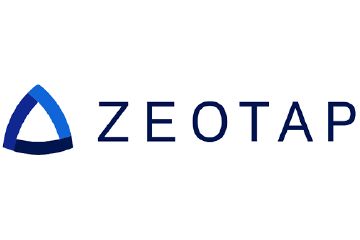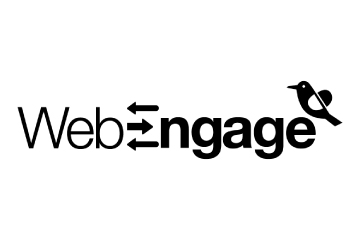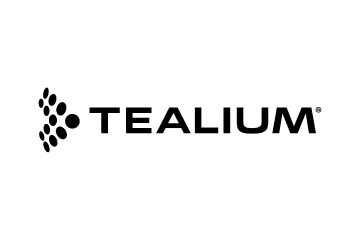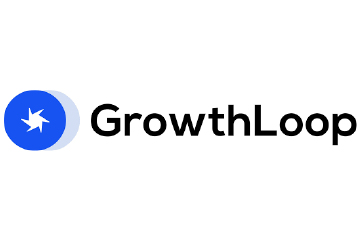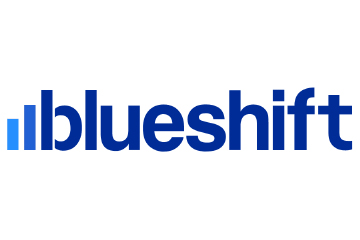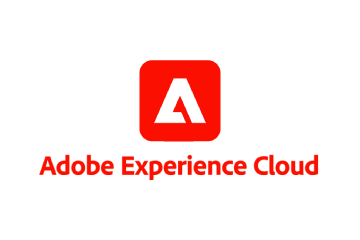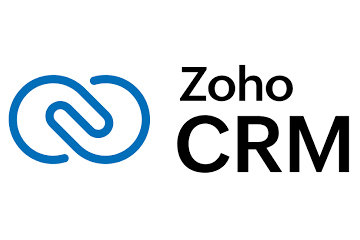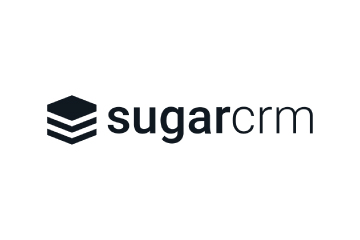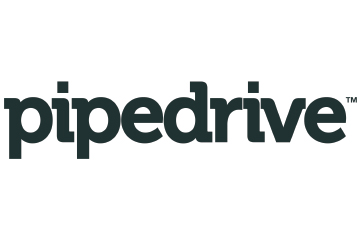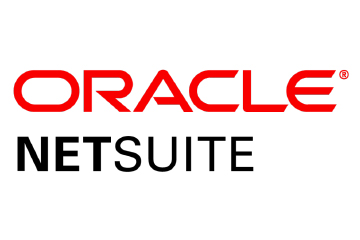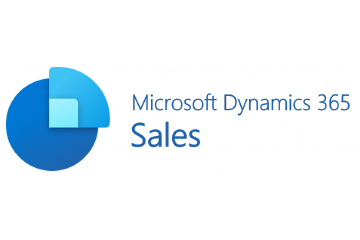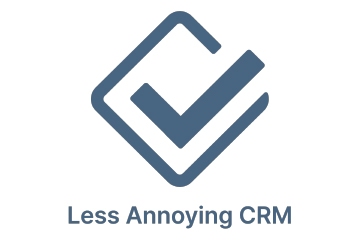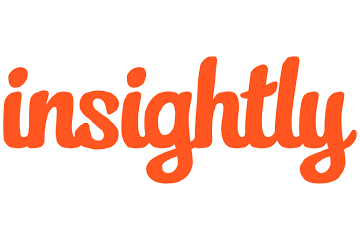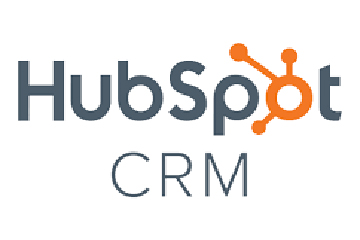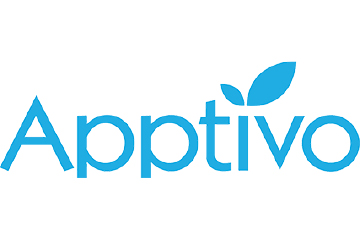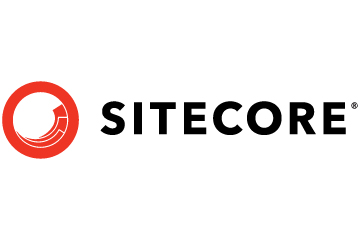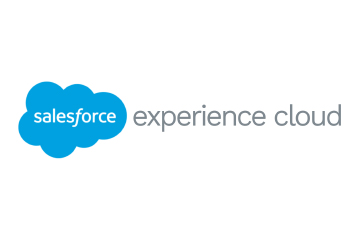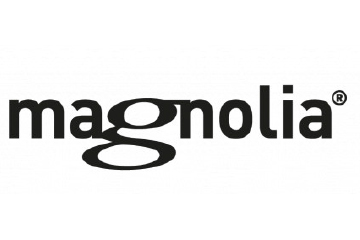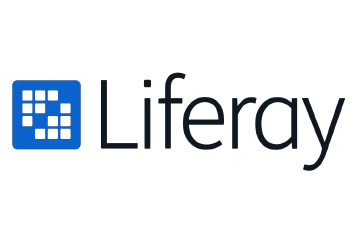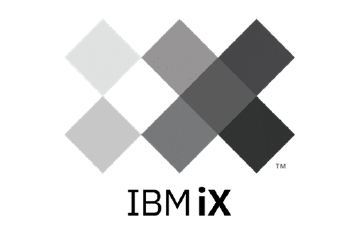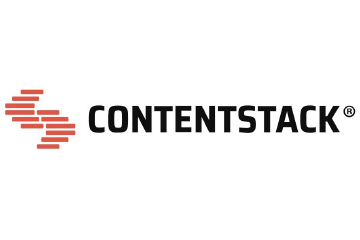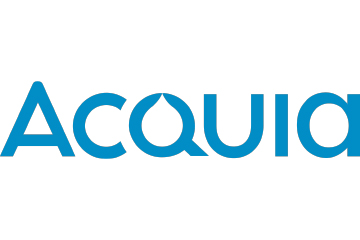Demystifying CDP: Finding Value Amid the Hype
CDPs revolutionise marketing by unifying customer data, enabling real-time insights, and empowering tailored customer journeys. David Raab, Founder of CDP Institute, clears the air on CDP functionality, activation capabilities, and use cases for a seamless digital experience.
What to Read Next
- Surfside Expands Commerce Media Solution to Include In-Store Inventory
- Salesforce Signs Definitive Agreement to Acquire Qualified
- MoEngage Secures Additional $180M in Series F Funding
- KNOREX Unveils White-Label Solutions to Power Live Commerce Advertising
- Insightly Launches AI-Powered Copilot to Streamline CRM Workflows

The Customer Data Platform industry is a success by any measure: from a handful of vendors in 2016, it now includes more than 170 companies earning over $2 billion in revenue. Yet the industry also suffers vast confusion about which products qualify as a CDP and what a CDP is supposed to do. This confusion is damaging for legitimate CDP vendors and, more importantly, for CDP buyers who may pick a tool that doesn’t deliver what they expect. So let’s clear the air.
We’ll start at the beginning. The CDP industry grew quickly because it promised to solve an important problem: Marketers needed an easy-to-deploy system that unified all their customer data and made it available wherever required. CDPs met that need in three ways:
- As packaged software, they were easier to deploy than the custom-built data warehouses that traditionally housed customer data
- As systems that could load any data source, retain all details of the source data, combine the data into unified customer profiles, and store the results indefinitely, they created a complete view of each customer suited to any purpose
- As systems that enabled external access to their data, including real-time responses to events and real-time views of individual customer profiles, they gave all systems a shared, consistent customer view
Types of systems that are sometimes confused with CDPs fail to meet one or more of these criteria. Data lakes and warehouses are not packaged software, so they take longer to deploy and often lack critical CDP functions. Data hubs, tag managers, and integration platforms move data between systems but don’t assemble stable profiles. CRM, marketing automation, cloud, content management, email, and DMP systems work largely with their data rather than importing information from other sources. These limits don’t make them bad systems, but they do mean they cannot provide all the benefits that CDP buyers expect.
What creates even more confusion is that many systems that meet CDP requirements offer activation capabilities, such as data analysis, predictive modelling, outbound campaigns, real-time interactions, and cross-channel journey orchestration. Some operational systems, such as ecommerce or reservation platforms, include a CDP component. Many buyers prefer the convenience of purchasing one system that provides this broad range of capabilities. Three-quarters of the CDP market is comprised of systems with some activation capabilities. Sellers of such systems often argue these features should be considered basic CDP requirements, and many buyers likely agree. However, the CDP Institute argues they are optional because third-party systems are available for all of those functions, and the ability to connect with external systems is a core CDP promise.
The very flexibility of CDP systems is yet another source of confusion: prospective buyers often ask, “What’s a CDP for?” Or, in slightly more technical terms, “What’s the use case for a CDP?” The real answer is that CDPs are a foundational technology that supports a wide range of applications. You might as well ask, “What’s the use case for your company email system?”
But so broad an answer sounds suspiciously vague to many buyers, especially if they’ve previously bought systems that delivered much less than advertised. So it’s better to focus on the particular applications that only become possible when a CDP is installed. These take advantage of the capabilities added by a CDP, which can be summarised as combining customer data that was previously disconnected and making that data available everywhere.
Specific examples include:
- Updating retargeting audience lists with new online and offline purchases
- Combining online and offline data to enable more accurate promotion targeting
- Giving call centre agents a complete customer view, including real-time updates on website behaviours
- Orchestrating customer journeys across channels
Every company will have different pain points for the CDP to solve, but asking what you could do if you could combine data from currently separate systems is a good starting point for identifying the value of a true CDP.
David Raab is a keynote speaker at Vibe Martech Fest, UAE, to be held at Adress Dubai Marina on 13-14 September 2023. For more information and registration, visit Vibe Martech Fest – Middle East







